Natural Building Materials and Methods
COB
One of the oldest, safest and most eco-friendly materials for building on the planet - Cob is a natural building material made from a mix of clay, sand, straw, and water, often with some soil content. It has been used for centuries to construct eco-friendly, durable, and highly insulating buildings.
Sustainable & Eco-Friendly – Uses natural, locally sourced materials with a low carbon footprint.
Cob is experiencing a revival in modern sustainable architecture, with many eco-conscious builders using it for homes, cottages, and even commercial spaces. Cob can be hand-sculpted into ovens, eco-friendly homes, saunas, garden walls and much more. As a building material for homes it is non-toxic, non-polluting, fireproof, naturally insulated, energy efficient, can easily absorb moisture, 100-percent recyclable and biodegradable and can last for centuries. Cob can be sculpted into stunning aesthetic forms, using various color and texture that blend naturally with the local environment and can last for over 1000 years.
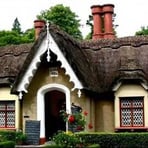
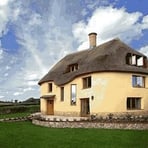
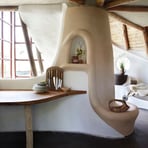
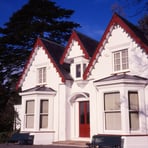
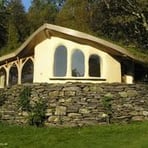
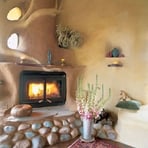
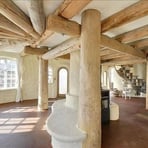
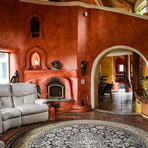
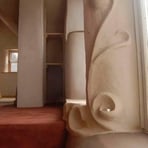

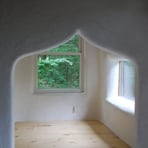
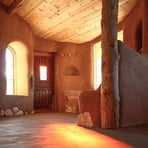
STRAW BALE & BALE / COB Hybrid
Straw bale construction is a sustainable, highly insulating building method that uses compressed straw bales as either structural walls or insulation within a frame. It provides excellent thermal performance (R-30 to R-50), fire resistance, and soundproofing, making it ideal for energy-efficient homes. As a renewable material, straw bales reduce environmental impact while offering a natural, breathable living space. To protect the walls and enhance durability, clay or lime plaster finishes are applied, sealing the structure while maintaining vapor permeability.
A bale/cob hybrid combines straw bales for insulation and cob (clay, sand, straw, and water) for strength and thermal mass, optimizing energy efficiency. This approach allows for sculptural, organic designs while providing a fire-resistant, breathable, and durable structure. The cob adds thermal mass, helping regulate indoor temperatures, while straw bales enhance insulation. Like pure straw bale construction, clay or lime plasters are used to protect and finish the walls, creating a long-lasting, natural aesthetic that blends seamlessly with sustainable architecture.
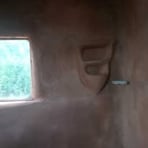
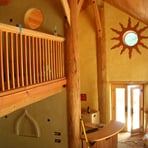
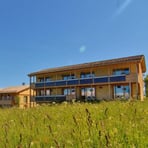

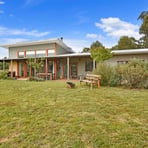
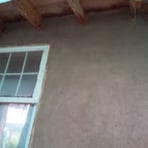
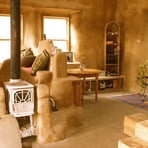
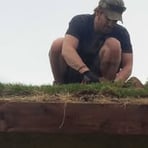
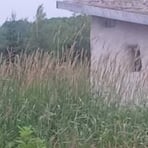
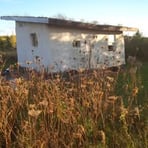
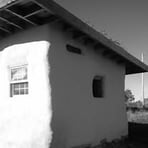
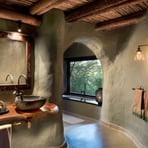
Other beautiful methods
Wattle and daub, timber frame with natural infill, cordwood, adobe, rammed earth, and stone are all durable and sustainable natural building methods, each offering unique structural and environmental benefits. Wattle and daub uses a woven wooden lattice (wattle) coated in a clay, sand, and straw mixture (daub), creating flexible, breathable walls ideal for traditional and decorative structures. Timber frame construction provides a strong post-and-beam framework, allowing for natural infill materials such as straw, cob, adobe, or hempcrete, combining structural integrity with eco-friendly insulation. Cordwood construction stacks short logs crosswise with mortar, forming highly insulating, thermally efficient walls with a rustic aesthetic. Adobe, made from sun-dried mud bricks, is known for high thermal mass, passive solar heating, and exceptional durability, making it ideal for warm, arid regions. Rammed earth involves compacting earth, sand, and gravel into dense, stone-like walls that offer fire resistance, longevity, and superior thermal regulation. Stone construction, one of the oldest building techniques, provides incredible durability, weather resistance, and natural beauty, often used for foundations, walls, and entire structures. These methods offer high-performance, sustainable alternatives to conventional construction, blending strength, energy efficiency, and timeless aesthetics.
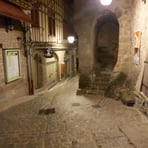
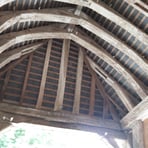
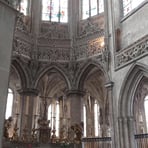
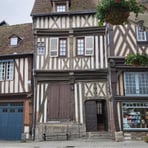
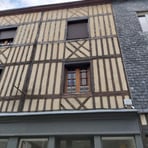
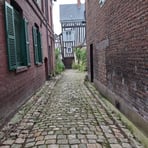
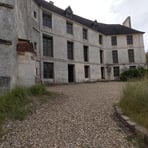




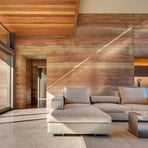
Sustainability
Learn to build with natural materials effectively.
Community
© 2024. All rights reserved.
